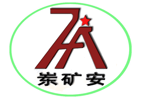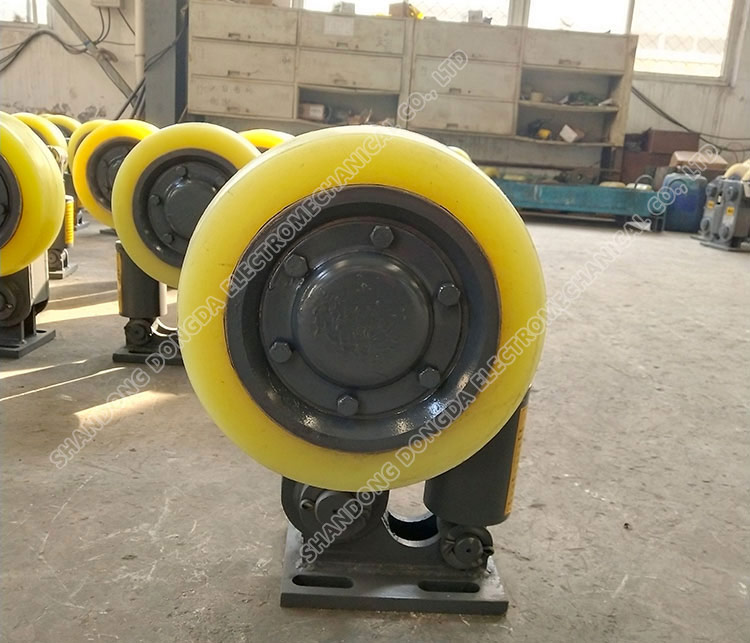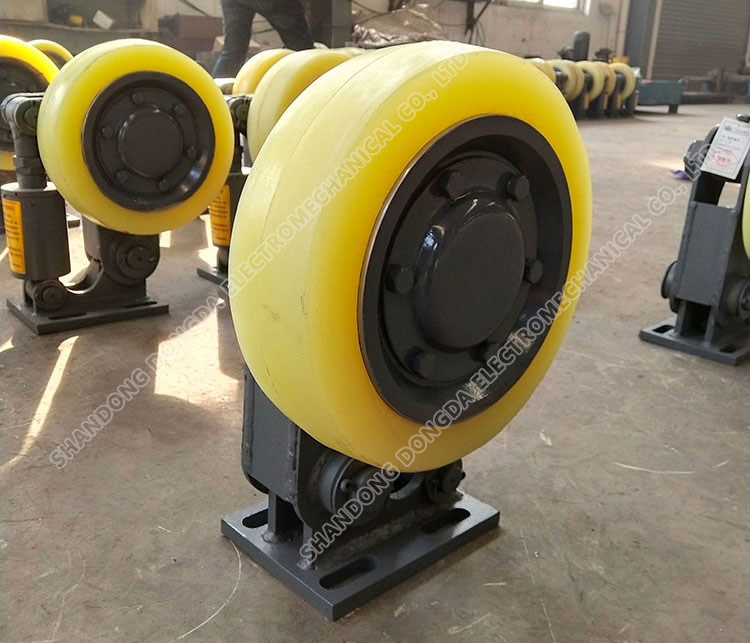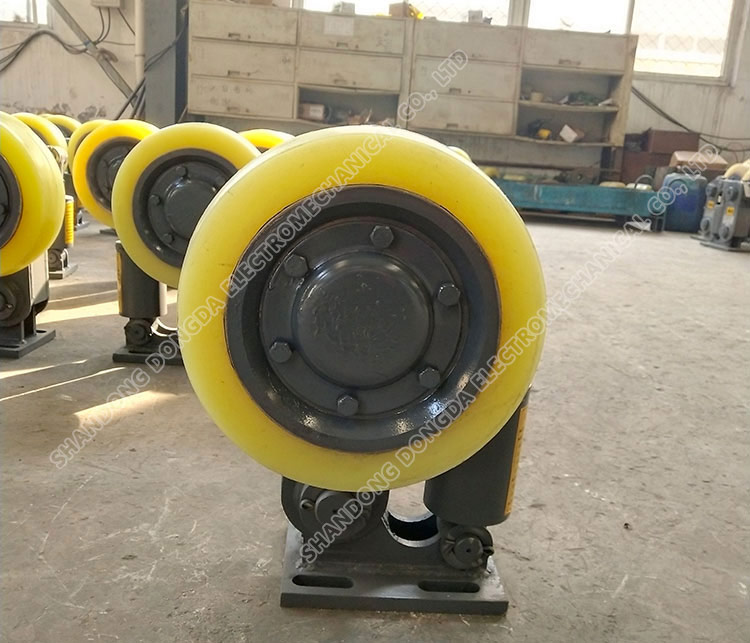



When the lug of the roller tank runs along the tank channel, due to the design and installation of the tank channel, contact points and bending high points will be generated, and t...
Introduction to the roller can ear
When the lug of the roller tank runs along the tank channel, due to the design and installation of the tank channel, contact points and bending high points will be generated, and the wheel head will be subjected to horizontal thrust. Due to the hinge between the arm frame, base and the buffer, the buffer will be compressed and generate rebound force. The recoil of the buffer is to ensure the smooth passage of the lifting vessel through the high point; The second is to ensure that the lifting container does not collide with the tank passage. The third is to ensure that the lifting container is in the process of ascending and descending
The swing amplitude should not be too large. Therefore, the buffer buffer performance is strictly designed in accordance with the lifting container's weight and running speed, but its zUI high horizontal thrust has to be less than or equal to the requirements of industry standards. According to the above theory, the designed and manufactured roller can effectively meet the requirements of users.
When lifting the container, the sticking degree of polyurethane wheel and the container should be reasonably determined according to the installation precision (vertical degree) of the container and the buffer stroke of this series of products. Too much or too little sticking degree will cause the large swing of the lifting container and cause the collision between the metal ear of the lifting container and the container. If the installation accuracy of the tank passage conforms to the Chinese standard, the polyurethane pulley can be close to the zUI low point of the tank passage.
Fault analysis and elimination of roller tank lug
Failure Phenomenon I:
The roller is not flexible in rotation
1. Cause analysis: Bearing damage
Elimination method: replace the bearing
2. Reason analysis: Bearing clearance is too small
Elimination method: remove the secondary hub and adjust the bearing clearance with a round nut
3. Cause analysis: seal damage, bearing cavity into dirt
Elimination method: clean the bearing, replace the seal, and inject proper amount of grease
Failure Phenomenon II:
Roller kuang
1. Cause analysis: The hinge sleeve under the swing frame is worn and the gap is large
Method of elimination: replace new sleeve and hinge shaft
2. Reason analysis: Bearing clearance is too large
Elimination method: remove the secondary hub and adjust the bearing clearance with a round nut
Failure phenomenon 3
There is overheating of the wheel hub
Cause analysis: the bearing lacks grease
Method of elimination: Inject proper amount of grease
Failure Phenomenon IV:
Rubber wheel wears fast and damages easily
Cause analysis: The contact between the roller and the tank path is too tight
Elimination method: adjust the roller to contact the tank track, do not add pretension
Failure phenomenon 5: Buffering effect reduced or failed
1, reason analysis: long-term use, low spring stiffness
Elimination method: increase the precompression deformation of the spring or replace the spring
2. Cause analysis: Butterfly spring is broken
Elimination method: Replace the butterfly spring
3. Reason analysis: The hinges of swing frame and buffer cylinder are corroded and cannot be rotated
Elimination method: clean dirt, lubricate hinge
Inspection and maintenance of roller tank lug Ls42.5
The roller can lugs should be maintained regularly. The bearings of the roller can lugs should be lubricated once every 6 months. The rollers, supports, spring buffer devices and bases should be inspected once a year.
Real picture of the roller can lug
